The Berkshires Bowling Alley that Inspired "The Big Lebowski"
It’s been 36 years since the release of The Big Lebowski, the irreverent cult comedy by Joel and Ethan


The 43-acre Vanderbilt compound, also called Eagle’s Nest, is nestled in a quiet neighborhood on Little Neck Road in Suffolk County, and features not just a mansion, but also a planetarium, a marine and natural history museum, curator’s cottage, seaplane hangar, boathouse and sprawling gardens.
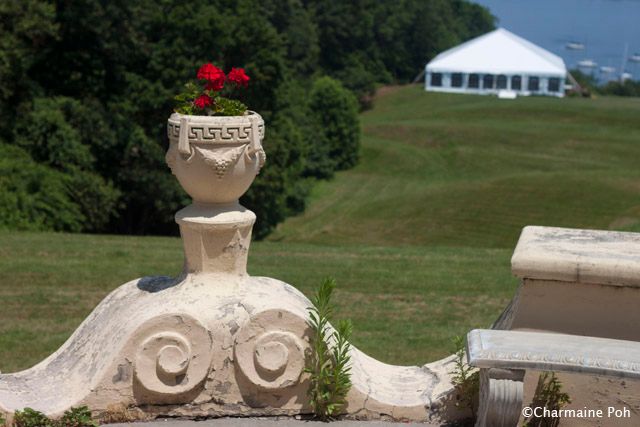
The impressive main entrance is a cobble-stone driveway, above which looms a bell-tower, before one arrives at the central courtyard. With its ironwork, red tile roof and central courtyard, the mansion’s Spanish architectural style stands out among the other grand houses in the Suffolk County area. Initially built as a bachelor’s retreat for William K. Vanderbilt II in 1910, away from the Vanderbilt Gold Coast mansions in New York City, it went through several building stages before its completion in 1936. The compound was built by Warren & Wetmore, the same architects who built Grand Central Terminal. Whitney Warren was also a cousin of the Vanderbilts.
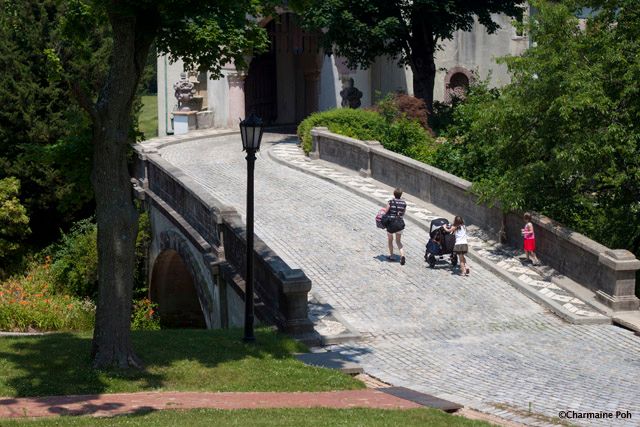
The family and guests rooms are filled with antiques, paintings and collectible items, and the styles were to reflect Mr. Vanderbilt‘s eclectic taste. During the summers, the museum offers Living History Tours, where a cast featuring the Vanderbilt servants give one a glimpse of Vanderbilt life in the 1930s. Throughout the year, the museum also gives educational sessions to visiting schools, with lessons ranging from wildlife to the personal lives of the Vanderbilt family.
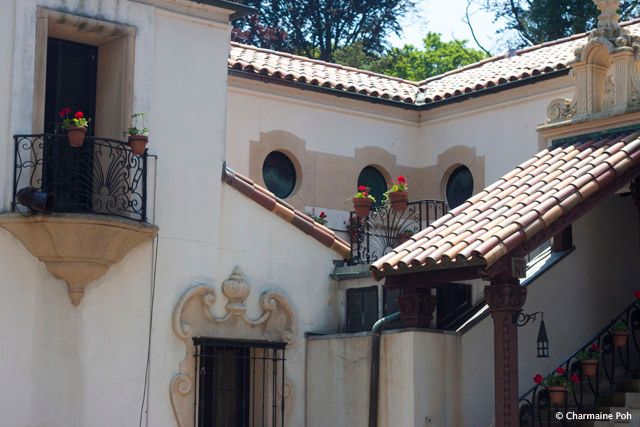
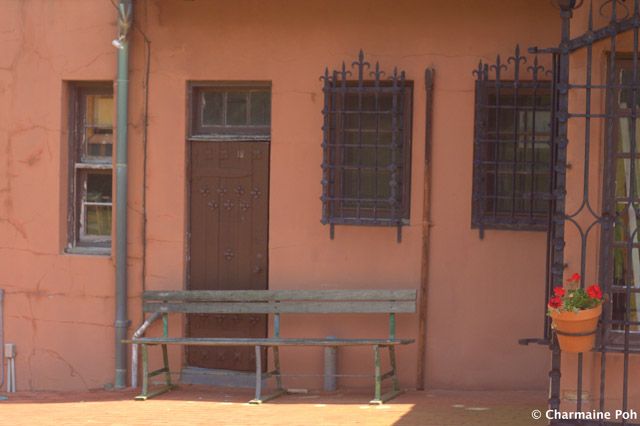
Mr. William Vanderbilt spent over thirty years on scientific expeditions aboard his 250-foot yacht, the Alva, bringing back over 17,000 varieties of marine specimens. The compound is certainly well-equipped for teaching; its marine and natural history museum is filled with the figurines of underwater creatures. What the collection lacks in technological advancements, it makes up for in its old world charm.
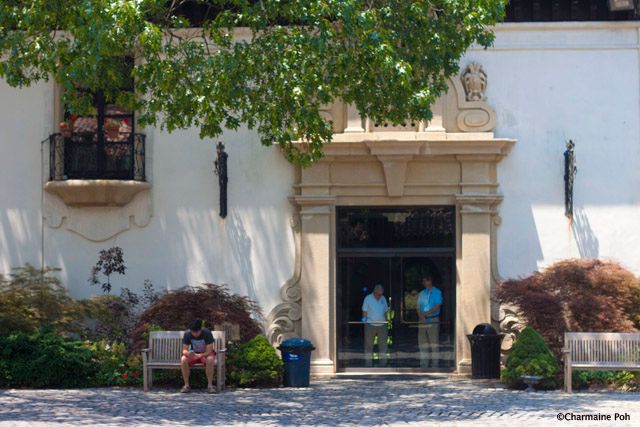
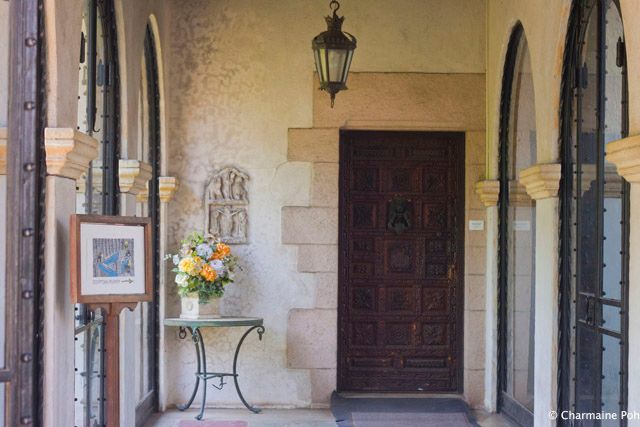
Since photos are prohibited in the interior, we spent much of the time wandering around the gardens and fountains, which had a rather magical air about them. We felt as if we had stepped into the pages of an old novel. One can spend hours just wandering around the estate, imagining a time of old money, adventurous expeditions and quiet comfort.
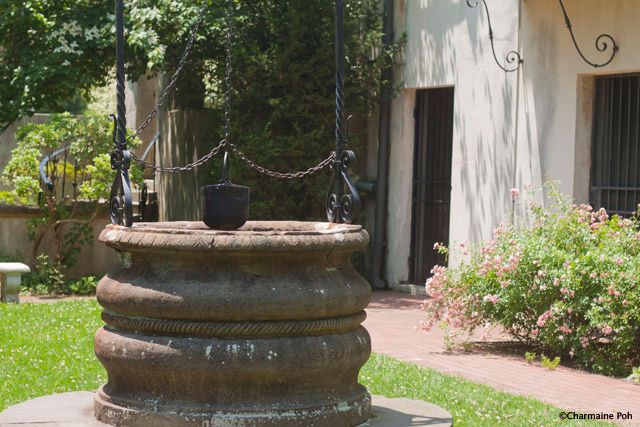
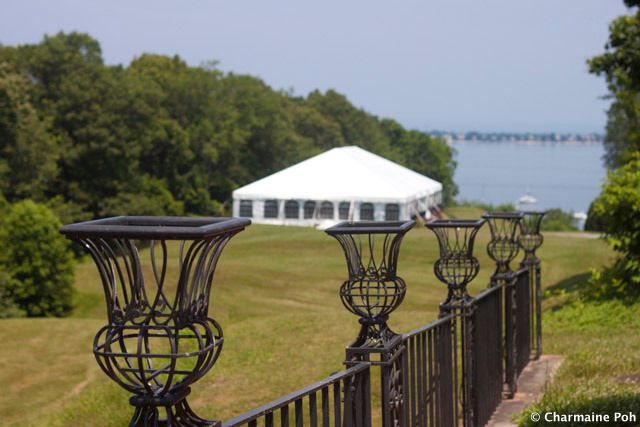
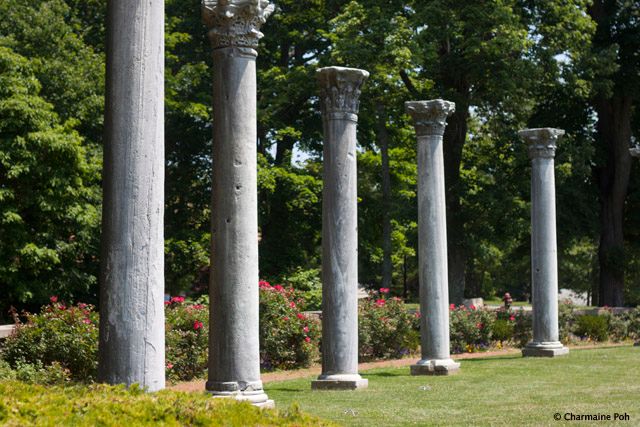
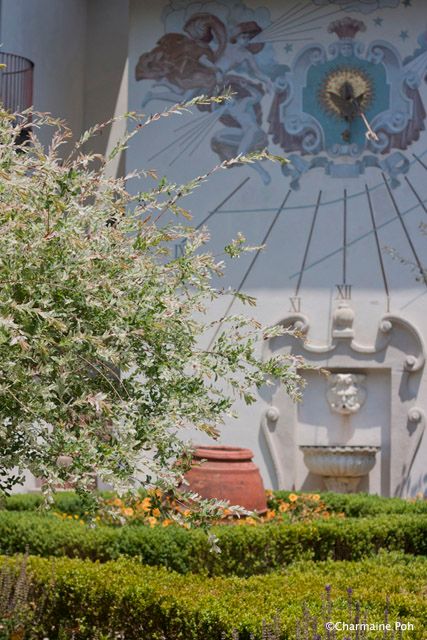
Next, check out the abandoned state of Lands End, a mansion that inspired the Great Gatsby.
Subscribe to our newsletter